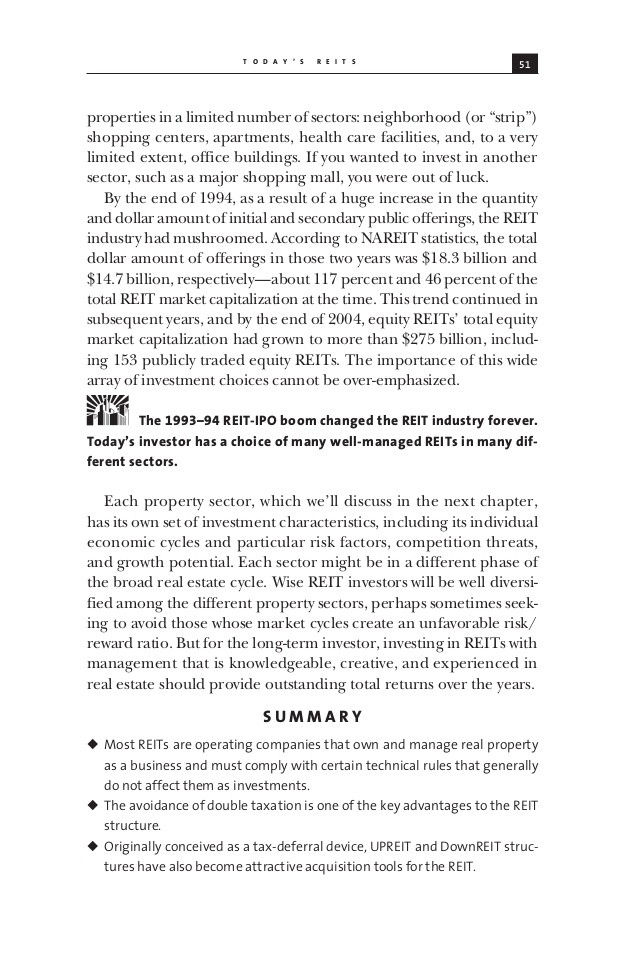REIT recovery continues around the world but raising capital still a tough challenge EY
Post on: 21 Август, 2015 No Comment

London and New York, 5 November 2012 Real Estate Investment Trusts (REITs) around the world continue to show signs of recovery but still face some severe challenges, especially in raising fresh capital, according to EYs Global perspectives: 2012 REIT report .
Globally, REIT markets made solid gains in the latter half of 2011, and first quarter 2012 data confirms this trend. But continued growth into 2013, for many, depends heavily on key aspects of their regional economies as well as the overall global outlook, says Robert Lehman, EYs Global REIT Practice Leader.
Of the six REIT jurisdictions examined in this years report, Singapore had the best return performance in 2011. The one year rate of return for Singapore REITs (S-REITs) exceeded 21.8%, a performance which put the countrys US$30 billion REIT sector ahead of Japan (17.4%), Australia (15.6%), the US (15.3%), the UK (14.8%) and France (11.85%).
IPO activity across all sectors of the global economy was hit hard by the downturn, as EY reported earlier this year in its Global IPO update. There was a 40% decrease in global IPO activity in 2011 and this trend continued into 2012. EYs 2012 Global Perspectives: 2012 REIT report on REITs says that during the first quarter of 2012 the only country outside the US in which REITs had the ability to raise equity through secondary offerings was Japan.
REIT investments picking up
The global financial crisis also had a severe and lengthy impact on liquidity in the REIT market but the prevailing trend is clearly upward. Globally, investment volumes were up 31% in 2010. Yet, according to EYs report, the challenge remains for REIT teams to drive future growth through astute acquisitions, careful asset management and well-timed dispositions all within an appropriate capital structure. Coming out of a period of recessionary pressure, the big challenge for REITs is how to grow again, says Lehman. Many will focus on internal growth finding ways to operate more efficiently, cutting costs and improving property fundamentals but one trend we do expect to see more of is for REITs to limit risk when acquiring assets by forming joint ventures with other REITs or even institutional partners especially where very large portfolio acquisitions are concerned.
Office and retail properties were overwhelmingly the choice of REITs examined in the report in 2011. Australian REITs (A-REITs) investment in office and industrial properties fell sharply as they shifted emphasis into the retail sector, investing three times as much (US$226 million) in retail properties as they did in 2010. In the UK, REITs investments in the retail sector more than doubled from 2010 the US$3.1 billion they invested was more than they invested in the other commercial property sectors combined. In France and Singapore, REITs roughly doubled their investment in office properties in 2011 and in Japan, J-REITs invested $US5.3 billion in the office sector, double the rate they invested inapartments.
New REITs

One trend EY expects to see deepen in the coming year at least in the US market but perhaps also wider afield is the creation of more non-traditional REITs. The successful growth of the REIT sector over the last ten years, and its weathering of the downturn, has shone a light on the REIT model, Lehman says. We are seeing growing interest among a broad universe of corporate owners who are taking a serious look at taking their non-core real estate assets and creating a REIT structure to own and manage those assets, he adds.
Some of the business sectors that have seen or are considering REIT formation includedata centers, document storage facilities, and cell towers. Other areas being considered include telecommunication cell towers.
Among the country highlights detailed in the report:
Australia
REIT management teams are focused on attracting investors by enhancing returns following a two-year period of strengthening balance sheets by restructuring debt and selling assets, especially assets held offshore in the US and UK.














